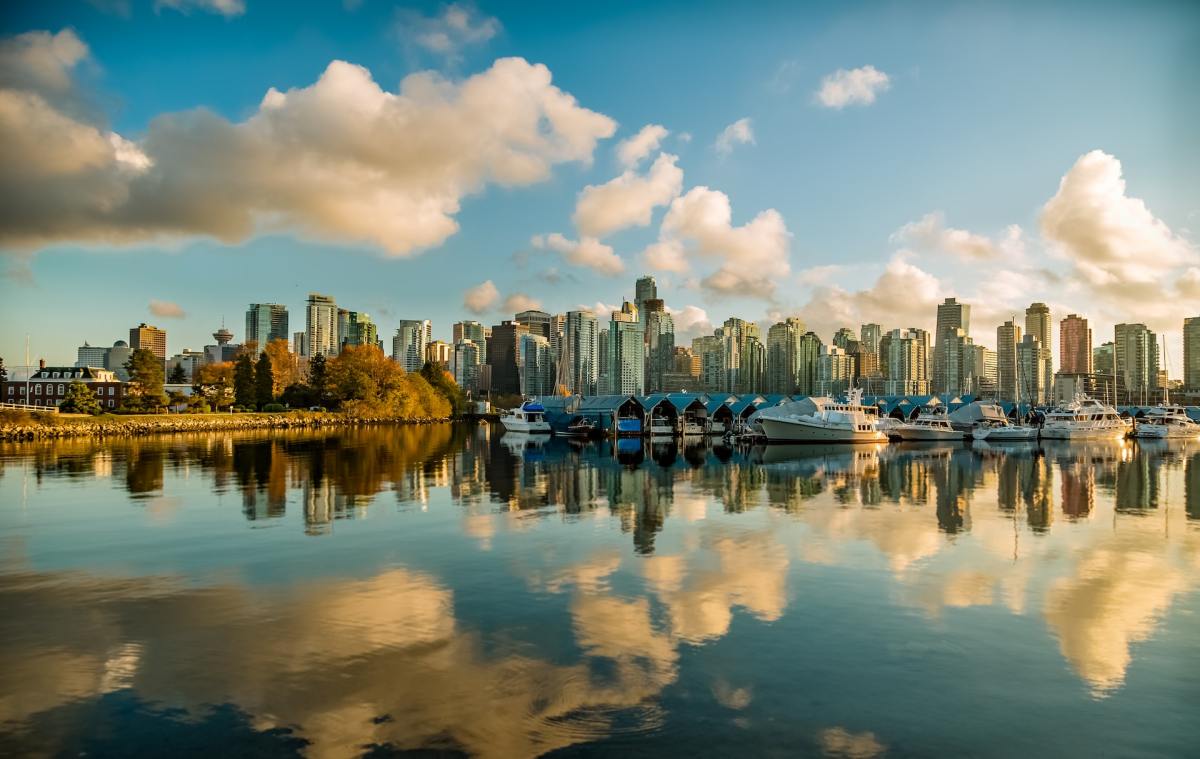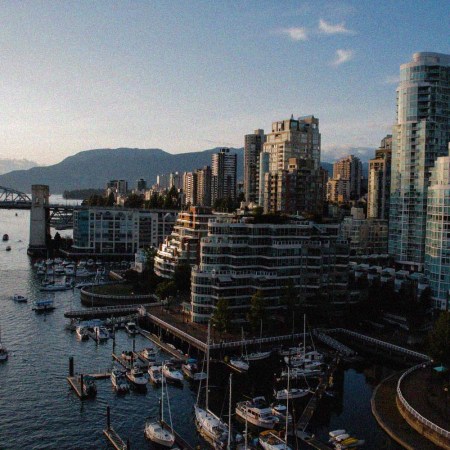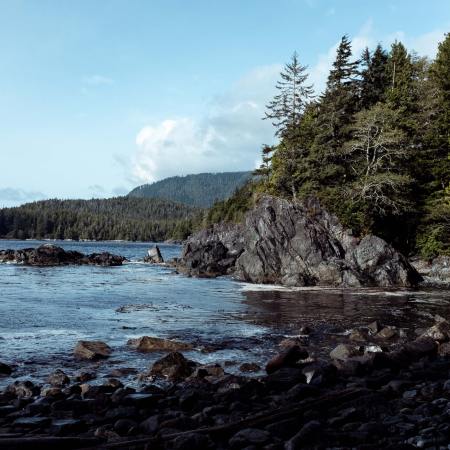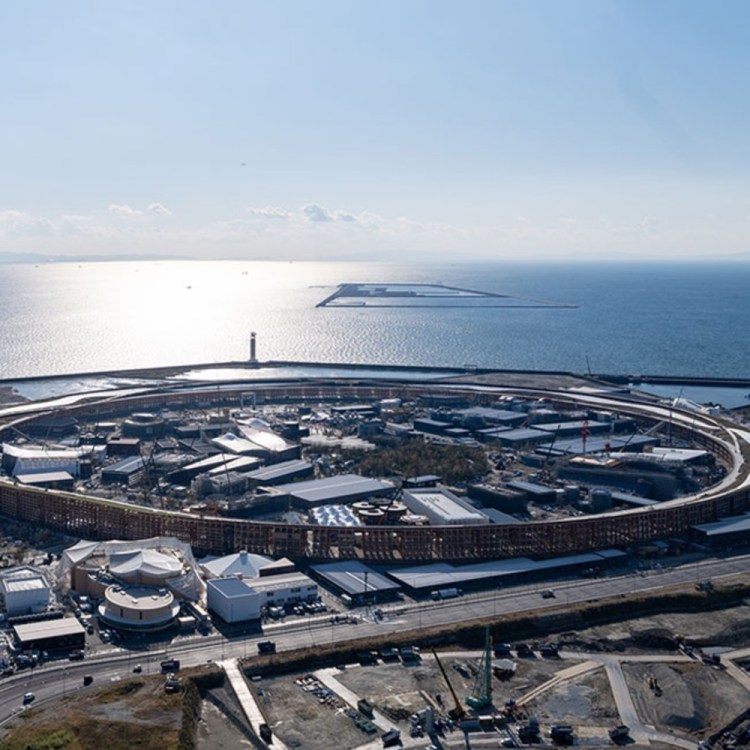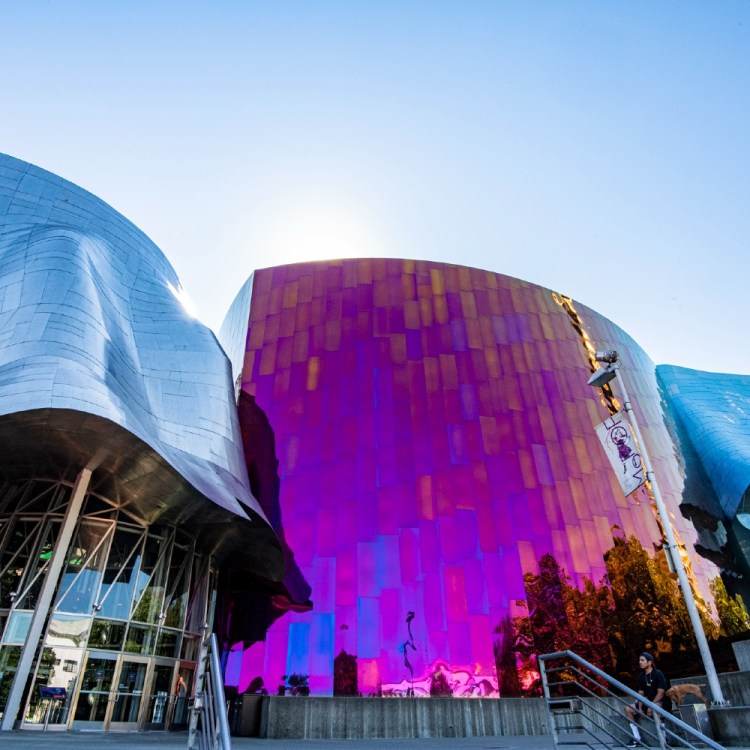Among the many effects of climate change is the potential for a dramatic rise in sea levels globally. Given the number of waterfront cities around the world, this has the potential to reshape countless aspects of life for millions of people. To an extent, this has already begun — the New York area is still dealing with the aftereffects of Hurricane Sandy, for instance. And it seems all too likely that there’s more trouble ahead for cities with prominent waterfronts.
Like, say, Vancouver. The city’s Sea2City Design Challenge was intended as a way to “rethink the future of the False Creek shoreline” and “[show] how these sites can adapt to rising sea levels while accommodating urban development and fostering ecological revitalization.” False Creek is known for its central location within the city and for its popularity with residents and visitors alike — making its future of the upmost importance.
At Dezeen, a recent article details a plan recently unveiled by the Rotterdam-based architecture and design firm MVRDV as part of the Sea2City initiative. While the focus is on Vancouver, the plan also demonstrates best practices for waterfront cities everywhere.
“We realize that the existing cities are important organisms for us,” architect Kristina Knauf said in an interview with Dezeen. “It’s not as simple to just say ‘let’s move away.’”
The plan calls for rewilding some of the region, and was developed in concert with local Indigenous groups. MVRDV’s plan also argues that “traditional approaches to urban waterfronts, which revolve around resisting the water with hard infrastructure, are no longer effective in an era of rising sea levels and more frequent extreme weather events.”
Some of the concerns discussed in the plan are specific to Vancouver, but the larger issues at hand speak to something more universal — and offer an intriguing look at the future of waterfront cities.
Thanks for reading InsideHook. Sign up for our daily newsletter and be in the know.
